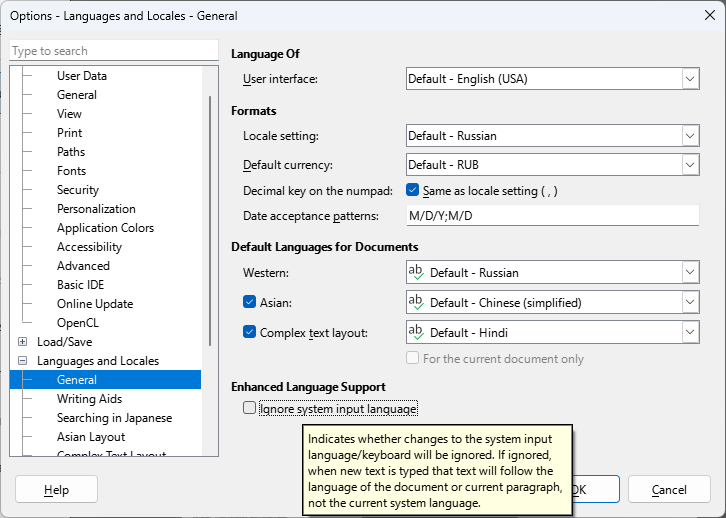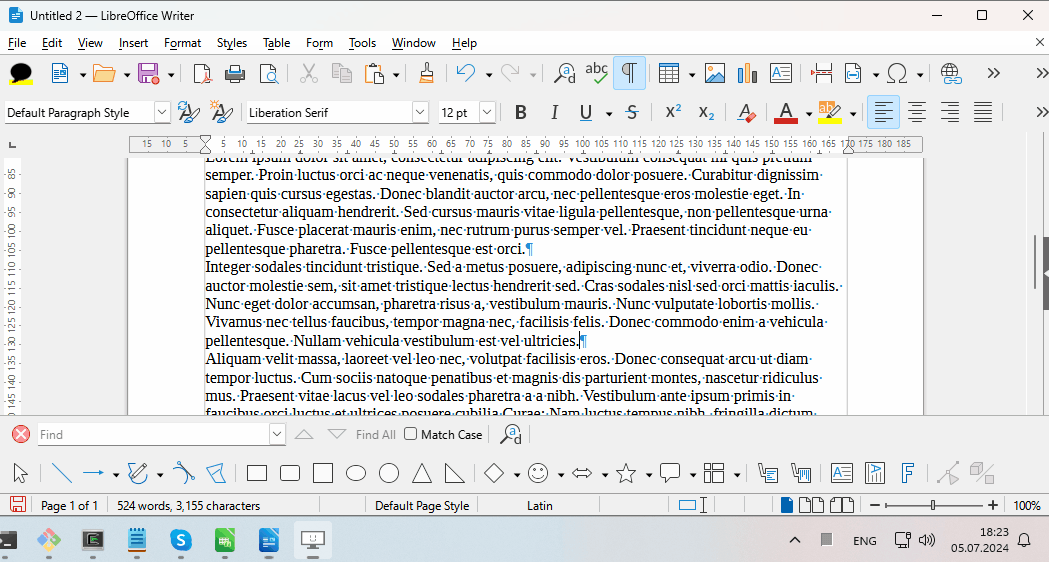A different solution could be to show the option in a better visible place. It should be on the menu in the main window, when you click the language. This can be another solution.
.
«(1) are only using Roman scripts in their writing; (2) use several of them (e.g., English + French);»
↑ That’s a lot of people, billions!
.
«(3) don’t know how to set up their operating system properly»
That’s not true. the input system is only one at time. I already mentioned i customized a keyboard layout to input many languages, but i had to set 1 main language, and that’s Polish (because i used that layout as base and added letters for other languages). But I use that layout keyboard to write 6 languages.
.
«allows setting up several input languages (with one or different keyboard layouts)»
YES. But it’s always one at a time. Why, while you are using the English layout, you open a document with Spanish language, the language of the document should be changed to English?? And what if you don’t even have installed Spanish, but you want to correct anyway a word, why the paragraph should be changed? So you have to install the Spanish input just because once you want to open a document in Spanish? 
.
«because the discussed feature currently only* works on Windows»
at the moment, the most widely spread OS  especially for document writing and office work. I prefer and use Linux on my servers, but most of my customers connect to them using windows.
especially for document writing and office work. I prefer and use Linux on my servers, but most of my customers connect to them using windows.
.
«(And of course, writing “listen to your users” on a user-to-user Ask site is silly.)»
Do you know where to ask to libreoffice people? I will write there in such case, and leave this discussion


